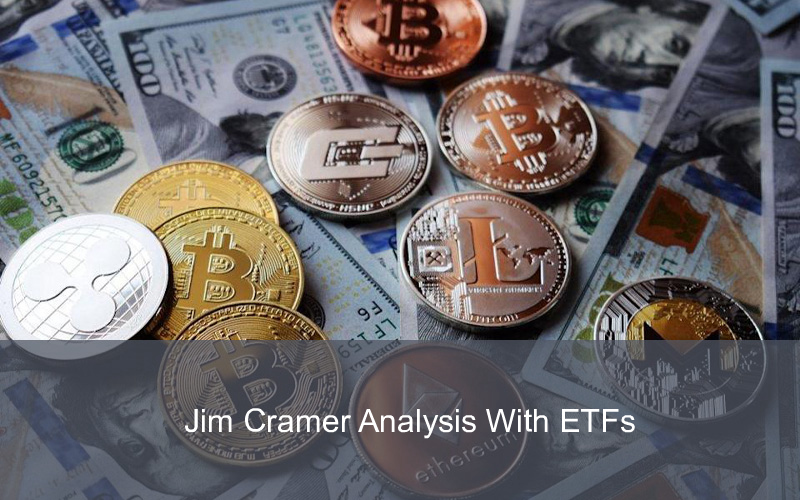The launch of Tuttle Capital Management's “inverse Cramer ETF” in October 2022 aimed to create a fund taking positions based on the contrary of the stock picks of popular stock-trading TV personality Jim Cramer. After its launch last month, investors have been keen to know the fund's returns till now. In his show Mad Money aired on CNBC, Jim Cramer has been known to make ill-informed investment recommendations with his viewers being keen to act on his advice leading to criticism about it being unsuitable for retail traders. Due to its mediatic reach, the inverse Cramer ETF has been able to test Cramer's stockpicking performances.
Cramer's influence and tendency to make bad calls have been a talking point amongst the investing community with social media even capturing people's laughable reactions to his wrong attempts. Despite 96% of his investment calls having underperformed Treasury bills in the last 90 years, people still bet against him as he has been in this trade for 42 years now, being successful with his investments in stocks like Apple at $5, Google since its inception, Meta at $18, Amazon at $10 and AMD at $5. Furthermore, in order to capitalize on Cramer's inverse calls, Tuttle Capital Management has introduced two ETF’s, the inverse Cramer ETF (SJIM) and the Long Cramer ETF (LJIM).
The inverse Cramer ETF is a long-short ETF having the fund shorting any stocks Cramer is being bullish on and taking long positions on stocks he's bearish upon. Despite having initially seemed to outperform the S&P 500, SJIM's performance was not consistent as it soon changed to a negative relationship signifying that most of Cramer’s calls are not as inverse as suggested by several memes. Commendably, however, LJIM has been more in sync but not much with the S&P 500. Cramer's scant knowledge of the market, however, seemed to be a blessing in disguise as a longitudinal study from Research Affiliates from 1964 to 2010 revealed that a randomly throwing portfolio of 30 stocks by monkeys still managed to outperform 1000 stock-capped markets.
With Cramer's real-life stock investments consisting of 50% of cash, 40% of US index funds, and 5% of gold/crypto investments, he seems to be aware of stock investing statistics. Considering the fact that Jim Cramer has declared that his investment advice is not one, he has filled the void of the recently popularized Doge and GameStop investments with his broadcasting of financial advice based on superficial info float. Nevertheless, despite the stir caused by Jim Cramer’s stock-trading persona, the trick to outperforming stocks still remains a mystery with some investment caveats as a reminder.
 Madilyn Robinson
Madilyn Robinson
- 2023-04-21
Analyzing The Performance Of Jim Cramer's Investment Calls
Analyze the performance of Jim Cramer's stock calls and the inverse Cramer ETF, launched by Tuttle Capital Management, using market research and investment advice. Learn about the correlation between Meme’s and Cramer’s calls.

